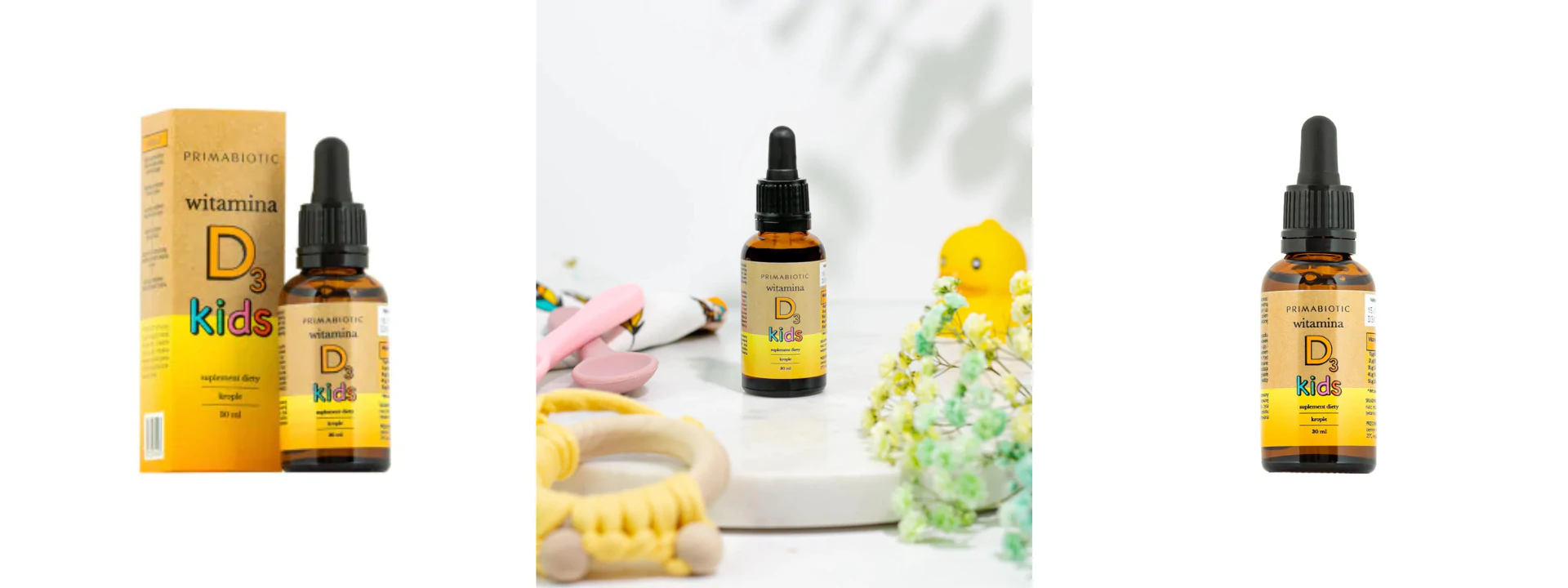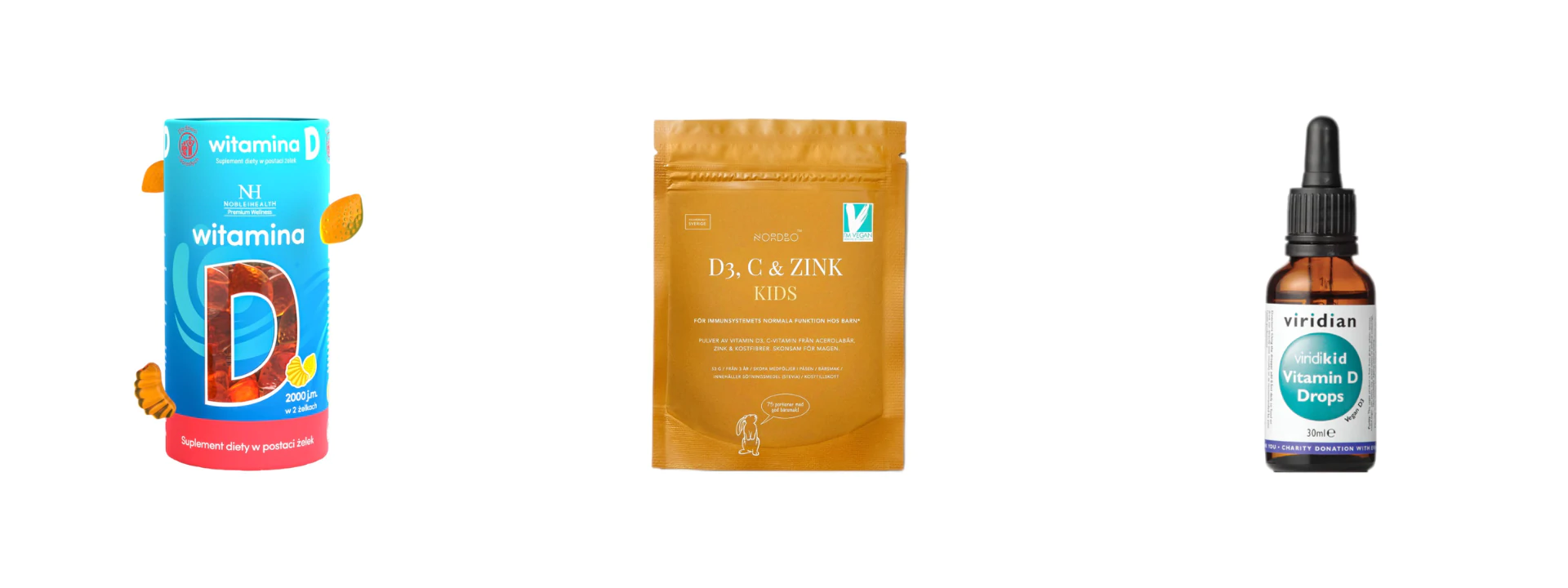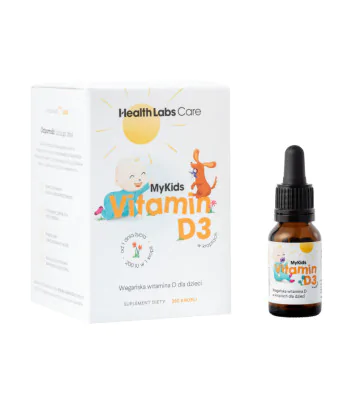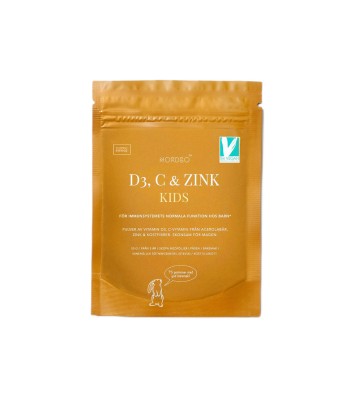UP TO 60% OFF SUMMER SALE
-
WOMEN
add remove
- All >>
-
Supplements
add remove
- All >>
- New
- Bestsellers
- Special offers
- Ashwagandha
- Colostrum
- Collagen
- Omega 3-6-9 acids
- Magnesium
- Vitamin C
- Vitamin D
- Kwas hialuronowy
- Amino Acids
- Anti-Aging
- Pregnancy and lactation
- Detox
- Energy
- Fit & Sport
- Medicinal mushrooms
- Bones and joints
- Fatty acids
- Brain, Memory, Concentration
- Functional beverages
- Eyes
- Weight loss and diet
- Resistance
- Nails
- Dream
- Leather
- Inflammation
- Stress
- Superfood
- Digestion
- Urinary system
- Liver
- Hair
- Vitamins and minerals
- Hormonal support
- Bestsellers
- Collagen
- Colostrum
- Gift cards
- Gift sets
-
MEN
add remove
-
Supplements
add remove
- All >>
- New
- Bestsellers
- Special offers
- Ashwagandha
- Colostrum
- Collagen
- Omega 3-6-9 acids
- Magnesium
- Vitamin C
- Vitamin D
- Amino Acids
- Anti-Aging
- Detox
- Energy
- Fit & Sport
- Medicinal mushrooms
- Bones and joints
- Fatty acids
- Brain, Memory, Concentration
- Functional beverages
- Eyes
- Resistance
- Nails
- Dream
- Cardiovascular
- Leather
- Inflammation
- Stress
- Superfood
- Digestion
- Urinary system
- Digestive system
- Liver
- Hair
- Vitamins and minerals
- Hormonal support
- Bestsellers
- Collagen
- Colostrum
- Probiotics
- Weight loss and diet
- Collagen
- Colostrum
- Gift cards
- Gift sets
-
Cosmetics
add remove
- All >>
- New
- Bestsellers
- Special offers
- Aromatherapy
- Body and bath
- Hands
- Oral cavity
- Tanning
- Intimate hygiene
- Feet
- Face
- Hair
- Bath cosmetics
- Hair care cosmetics
- Hair Styling
- Hand creams
- Natural
- Facial cosmetics
- Essential oils
- Beard care
- Intimate hygiene
- Deodorants and antiperspirants
- Cosmetics kits
- Against wrinkles
- Gift cards
- Gift sets
-
CHILDREN
add remove
-
Supplements
add remove
- All >>
- New
- Bestsellers
- Back to School
- Special offers
- Colostrum
- Omega 3-6-9 acids
- Magnesium
- Vitamin C
- Vitamin D
- Pregnancy and lactation
- Bones and joints
- Fatty acids
- Brain, Memory, Concentration
- Eyes
- Resistance
- Dream
- Digestion
- Digestive system
- Vitamins and minerals
- Bestsellers
- Colostrum
- Gift cards
- Gift sets
- Accessories add remove
- COLLAGEN
-
BRANDS
add remove
- MOST POPULAR add remove
- SUMMER SALE
Search for
- All
- Product
- Brand
Free delivery

SHIPPING TODAY!
Order within:
10
h31
min39
sec
Shipping next business day
0 items
0.00 zł
Total
0.00 zł
Blog navigation

How much vitamin D does a one-year-old child need? Learn about the recommended dosage and its importance to a toddler's health
Posted on:
2024-08-15
Table of contents
Vitamin D - known as the sun or happiness vitamin - is one of the essential elements our bodies need to function properly. Unfortunately, many of us struggle with its deficiency. Among other reasons, this is why regular supplementation is so important. And it should be done from the very first day of life. How much vitamin D for a one-year-old child will be sufficient? Which vitamin D for a newborn is the best choice? These and other questions will be answered in our article.

Vitamin D for a one-year-old child - why is it so important?
Despite appearances, vitamin D is...a hormone. Our body is able to synthesize it in the epidermis and dermis during sun exposure. In addition, we can assimilate it with food - it is found in fish, but also egg yolk, mushrooms and milk. It is fat-soluble, so vitamin D supplements should always contain this carrier. Why are we talking about this? Because despite so many ways to absorb this vitamin, it is still a deficient substance. And, especially in children, this is quite a problem. This is because it is responsible for a number of processes that, in an organism undergoing constant change, are crucial to ensure its well-being both for the moment and for the child's future life. What is vitamin D for children responsible for?
- It influences the proper work of the skeletal system - all thanks to the regulation of calcium and phosphate metabolism. It enables the development of bone tissue, which is extremely important for toddlers. Vitamin D deficiencies can cause bone and joint pain, as well as damage to teeth.
- Allows the nervous system to function properly. It makes synapses more malleable, reduces the production of pro-inflammatory cytokines, thus reducing the risk of central nervous system lesions.
- Stimulates the immune response! Yes, vitamin D supports the immune system, which is especially important for a child. In addition, it reduces excessive inflammatory response, which is important for autoimmune diseases.
- It regulates the pancreas, which is responsible for the metabolism of sugars, digestion of proteins and fats (through the production of appropriate enzymes).
- It influences the contractility of the heart muscle, and therefore the proper function of the cardiovascular system.
- Vitamin D is a key dietary ingredient for children. But after all, doctors recommend that supplementation be introduced in newborns from the first day of life. How much vitamin D for a one-year-old child, and how much for a newborn baby?

Dosage of vitamin D - for a one-year-old child, infant and newborn. How much vitamin D in food?
How much vitamin D per day for a child will be the optimal dose? The nutrition standards, which were developed by the Institute of Food and Nutrition in 2017, clearly state that a vitamin D3 intake of 10 µg per day is necessary for infants up to 12 months of age and 15 µg per day when it comes to children up to 3 years of age [1]. However, we are talking about the intake of vitamin D with food, and therefore breast milk or modified milk up to the age of 6 months and milk and solid food from then on. However, in our latitude, synthesizing vitamin D is difficult, and data show that intake with food is insufficient. Therefore, doctors recommend vitamin D supplementation. How much vitamin D for a one-year-old child, how much for infants, and how much for several-year-olds?

How much vitamin D for infants?
Regardless of feeding method, infants should supplement vitamin D. The dose does not depend on any factors - even if tests show a normal amount of vitamin D in the blood, it is not recommended to forgo supplementation on its own. Children from the first day of life to the sixth month should take 400 units of vitamin D daily. The most convenient form of administration is undoubtedly drops. You can easily find vitamin D that contains just 400 units in one drop.
How much vitamin D for children over 6 months of age?
The sixth month of life is an important moment for a toddler. It's the first moment when mom's milk is no longer the only familiar food. However, the expansion of the diet can go differently, and it is certainly not worth counting on the toddler to get everything from solid food from now on. He is still still being fed either mom's milk or modified milk. And he should still receive an adequate dose of vitamin D. What kind? Between 400 and 600 units. The amount is determined by the pediatrician based on blood tests or history. Much also depends on the season. In the autumn and winter months, a higher dose of vitamin D is necessary.

How much vitamin D for a one-year-old child?
Children over a year old already receive a lot more essential minerals and vitamins from solid foods. Some of them no longer consume mom's milk or modified milk. However, their diet still needs to be supplemented with vitamin D. How many units of vitamin D for a one-year-old child is an adequate dose? 600 to 1,000 units are recommended, taking into account - as above - blood tests and the fall and winter months. It's worth talking to your pediatrician about what level of supplementation you should maintain for your child.
Vitamin D is an essential substance for the proper development of a child. Supplementation is therefore not a choice, but a necessity. This support for the skeletal, cardiac and immune systems will pay off in the future.
Related products
MyKids Vitamin D3 dietary supplement 9.7 ml
Old price: 49.00 zł
Price: 43.12 zł
Discount: 12%
Save up: -5.88 zł
Vegan vitamin D drops for children
200 IU of vitamin D3 in 1 drop,
liquid...
Supplement to boost immunity D3, C & Zink Kids 53g
Old price: 110.00 zł
Price: 88.00 zł
Discount: 20%
Save up: -22.00 zł
A powerful trio for strengthening your child's immune system
A combination...
Related posts
 THEGLOOW.COM specialists
THEGLOOW.COM specialists
Posted in:
THEGLOOW.COM
2023-09-01
THEGLOOW.COM store is not just a place to shop. It's a space where experts in various fields co-create harmony of...
Read more
 Responsible supplementation - the key to individual success
Responsible supplementation - the key to individual success
Posted in:
Supplements
2023-09-14
Supplementation is a sphere of life that most of us are paying more and more attention to. Surveys indicate that more...
Read more
 A healthy lifestyle is a kind of balance. Agnieszka Woźniak-Starak
A healthy lifestyle is a kind of balance. Agnieszka Woźniak-Starak
2023-09-14
One of the biggest and most beautiful Polish celebrities, known from television, radio, and the Triangle - the...
Read more


